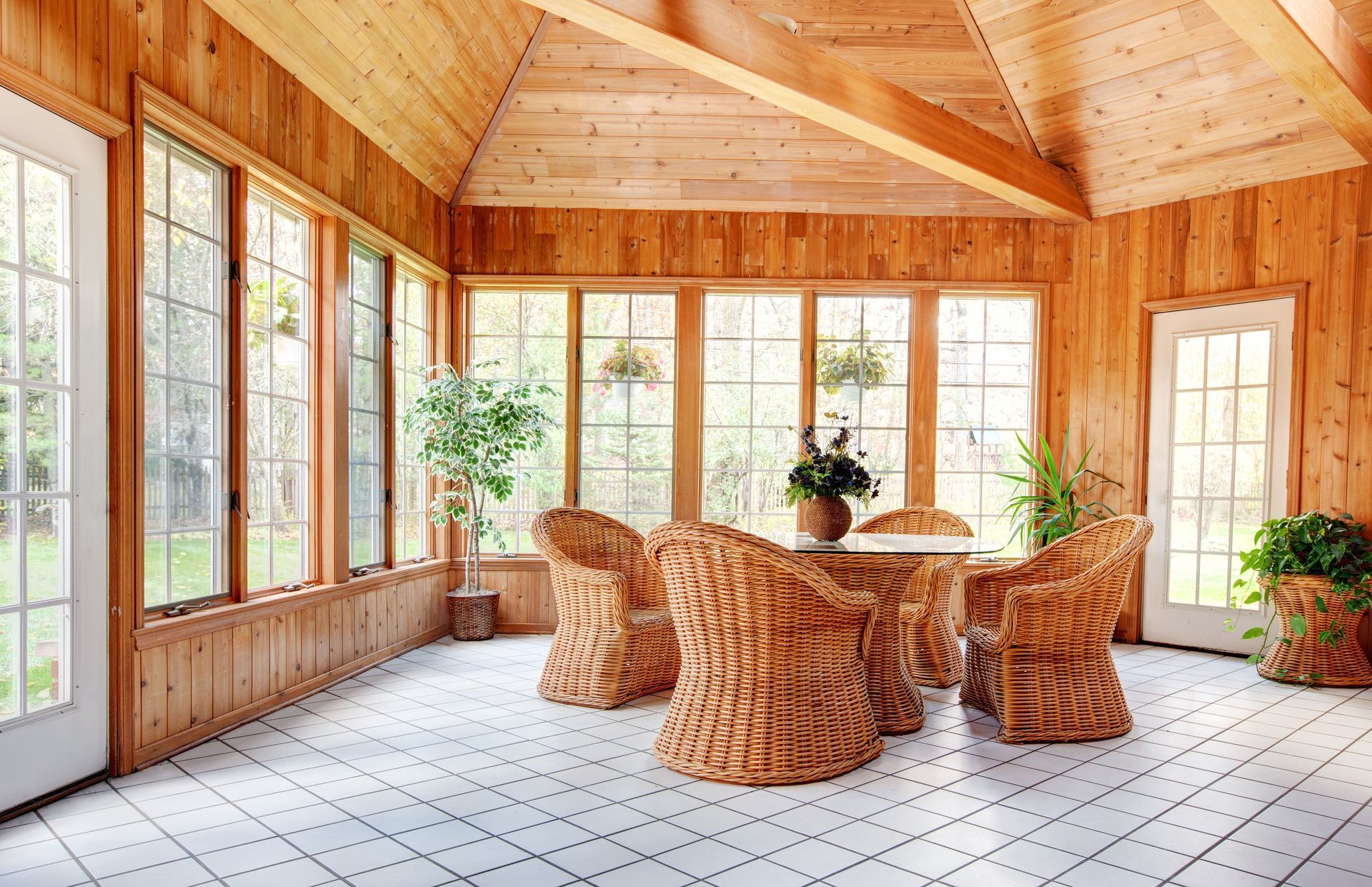October 31, 2025
From creating an illusion of space to adding a modern touch, glass panels are versatile and stylish additions that complement various architectural designs. They not only provide a contemporary aesthetic but also allow natural light to filter through, promoting a healthier environment.
By understanding the different types of panels available, individuals can tailor solutions that reflect both personal taste and functional needs. This comprehensive review underscores the potential of glass as an essential element in modern architecture and interior design, emphasizing its aesthetic, sustainable, and structural value.
Understanding the Versatility and Appeal of Panels
These panels come in a variety of types, allowing them to fit diverse applications and aesthetic preferences. From clear to frosted, tinted, and etched options, homeowners and business owners can select panels that blend seamlessly with their existing decor. Advances in manufacturing technology now permit detailed customization, enabling unique etching, coloring, or patterning to suit individual styles.
This adaptability ensures that they not only enhance visual appeal but also align with specific color palettes and architectural elements. Customization opens new possibilities for design enthusiasts seeking a distinctive, elegant touch. For instance, businesses might opt for branded etching on entryway panels to reinforce corporate identity, while homeowners could use colored glass to introduce subtle mood lighting effects that shift with daylight.
Moreover, glass panels are remarkably durable and easy to maintain. Tempered glass, for instance, is designed to shatter into small, less-harmful pieces, improving safety where necessary. Laminated glass adds another layer of strength and noise reduction, making it ideal for commercial environments or multi-unit residences. With simple cleaning routines and proper care, these panels maintain their clarity and allure over time. Their eco-friendly composition—often recyclable—further supports sustainable building design, making them both a stylish and ethical choice.
From sleek, modern homes to traditional architectural spaces, these panels integrate effortlessly. In commercial settings, they can reflect an organization’s sophistication and forward-thinking approach. Their ability to harmonize with multiple architectural styles demonstrates why they remain a timeless favorite for achieving balance between form and function.
Enhancing Natural Light and Energy Efficiency
Natural light profoundly impacts the ambiance of a space, making interiors feel larger, brighter, and more inviting. The inclusion of glass facilitates sunlight penetration, reducing dependence on artificial lighting and enhancing energy efficiency. This natural illumination can significantly uplift occupants’ mood, productivity, and well-being—benefits that are as relevant in homes as they are in workplaces.
When installing glass panels, strategic positioning ensures optimal light infiltration without compromising privacy. Sunlight can create dynamic patterns and reflections, enhancing visual interest throughout the day. Architects and designers consider orientation, panel size, and shading to ensure maximum comfort and minimal glare. Increased natural lighting contributes to sustainability. According to Grand View Research, in 2024, the U.S. commercial windows market was estimated at $3.11 billion and is projected to grow at a 5.6% CAGR from 2025 to 2030—illustrating the growing demand for light-efficient architectural solutions.
Natural light also improves the aesthetics of decor and furnishings. Colors appear more vivid, textures become more pronounced, and spatial depth increases, enhancing the overall interior atmosphere. Whether in retail spaces aiming to highlight products or in homes striving for warmth and tranquility, glass plays a critical role in shaping the visual narrative of any environment.
Creating a Sense of Openness and Spatial Flow
These panels are instrumental in maximizing space and enhancing visual flow. Their reflective properties create an illusion of depth, making rooms appear larger and more expansive. In compact urban apartments, glass partitions can replace bulky walls, opening up layouts without sacrificing structure or privacy.
Open-plan concepts benefit greatly from such installations, where glass delineates functional zones while maintaining visual continuity. This approach enhances usability and fosters seamless transitions between areas. In offices, this design strategy promotes collaboration by allowing clear sightlines and a sense of unity. For homeowners, the same concept applies to connecting living rooms, kitchens, and dining areas, producing an effortless spatial rhythm.
Additionally, glass panels serve as connectors between the interior and exterior environments. They merge landscapes with indoor living, blurring boundaries between the natural world and architectural spaces. Floor-to-ceiling panels overlooking gardens, patios, or balconies foster serenity and bring the outdoors inside. This fluid relationship promotes relaxation, creativity, and environmental appreciation.
Modern architects increasingly incorporate biophilic design—an approach that integrates nature into built environments—using glass as the primary medium. In this way, glass panels become not just structural elements but emotional connectors, creating harmony between built form and natural beauty.
Adding Modern Elegance and Contemporary Style
Glass panels have become synonymous with modern design trends that prioritize simplicity, sophistication, and clean lines. Their transparency introduces an airy quality that complements minimalist aesthetics. When paired with materials such as wood, metal, or stone, glass achieves balanced compositions that express warmth, strength, and refinement.
Architects and designers often use this combination to create distinctive environments—wood for warmth, metal for an industrial edge, and stone for natural elegance. In commercial properties, these pairings reflect brand identity and professionalism while reinforcing visual cohesion.
As an architectural statement, these panels demonstrate a commitment to innovation and sustainability. The continued advancement in glass manufacturing and installation methods mirrors the evolving design standards of modern architecture. These panels don’t just adorn a building—they define it, enhancing both its functionality and artistic identity.
Balancing Transparency and Privacy With Smart Solutions
While glass emphasizes openness and transparency, privacy remains a key design consideration. Frosted, tinted, or textured glass provides subtle yet effective solutions that diffuse light while obscuring visibility.
Decorative films, layered panes, and custom coatings also add stylistic flair while maintaining discretion. These enhancements merge aesthetic appeal with functionality, giving homeowners and business owners the freedom to create visually appealing yet private spaces.
Balancing light flow and seclusion ensures environments remain bright and comfortable without compromising boundaries. Whether in a residential bedroom or a corporate boardroom, glass with integrated privacy features enhances comfort, security, and ambiance. As technology advances, these adaptable solutions are becoming standard in high-end construction, ensuring that elegance and privacy can harmoniously coexist.
Prioritizing Installation, Safety, and Long-Term Maintenance
Installation requires precision and expertise. Professional installation ensures adherence to safety standards, optimal positioning, and long-term durability. Certified installers are equipped to assess structural integrity and recommend solutions that meet both aesthetic goals and safety codes.
Regular maintenance, including periodic cleaning and inspections, preserves clarity and performance. Strategic investment in professional services ensures a safe, lasting, and visually stunning outcome.
Additionally, advances in nanocoatings have simplified maintenance by making them more resistant to water, dust, and fingerprints. These protective layers not only reduce cleaning frequency but also extend the product’s lifespan, reinforcing glass as an effective, low-maintenance material for the modern age.
These panels seamlessly merge functionality, elegance, and sustainability—qualities that make them indispensable in modern design. Whether used in homes, offices, or retail spaces, they enhance natural light, foster openness, and elevate aesthetics with timeless appeal.
From improved energy efficiency to adaptable privacy solutions, glass panels embody the perfect balance between art and utility. As technology and design continue to advance, their role in shaping contemporary architecture will only expand.
By choosing high-quality materials, professional installation, and thoughtful design integration, homeowners and businesses alike can enjoy spaces that are not only visually striking but also sustainable, safe, and enduring. For all of your glass panel needs, contact Olympus Glass LLC today!




